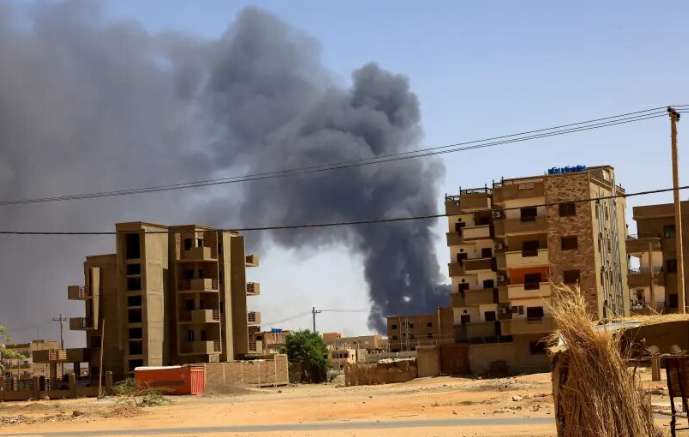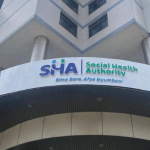On September 8, I attended an exhibition showcasing the work of two Sudanese artists—Huzifa Siddig and Waleed Mohamed—at Station Pop Up on Ngara Road in Nairobi. They were in the city thanks to the Martin Ruth Initiative Award for artists under risk.
For two years now, Sudan has been embroiled in a civil war primarily fueled by a power struggle between the leaders of the Sudanese Armed Forces (SAF) and the powerful paramilitary group known as the Rapid Support Forces (RSF). The conflict erupted on April 15, 2023, in the capital, Khartoum, and has resulted in almost 15,000 deaths and displaced over 8.2 million people, creating the worst displacement crisis in the world. Nearly two million Sudanese have fled to unstable regions in Chad, Ethiopia, and South Sudan, overwhelming refugee camps and raising concerns that Sudanese refugees may soon attempt to enter Europe.
The Global Conflict Tracker indicates that the UN continues to plead for support, as more than 25 million people need humanitarian assistance. Deteriorating food security risks triggering the “world’s largest hunger crisis.”
Attempts at mediation have failed, with warlords from both sides refusing to cease violence and accusing regional and international actors of fueling the conflict by proxy.
Amid this devastating backdrop, the joint exhibition by Huzifa and Waleed in Nairobi presented powerful and complex conversations about Sudan’s past and present, illustrating the fleeting moments of peace that are continually shattered by violence—becoming a hallmark of the northeast African nation.
Waleed, a graduate of the Faculty of Fine and Applied Arts, seems nostalgic about the era of photo studios and their staged photos, depicting family ties that have been disrupted by war. In contrast, Huzifa’s artistry, influenced by his architectural background, portrays the dynamics between the oppressor and the oppressed. One of his works depicts a man seemingly confronted by a brutal antagonist, kneeling with his hands raised in submission.
Together, their artworks represent a contemporary and unique expression from the Sudanese art scene.
According to the latest situation report as of September 26, shared by the Horn of Africa Civil Society Forum and the Europe External Programme with Africa (EEPA), the SAF launched a large-scale attack on the RSF in Khartoum on September 25, employing airstrikes and ground operations targeting strategic areas in the capital.
For some time now, the Sudanese Armed Forces (SAF) have controlled three key bridges leading to Khartoum, including two that connect Omdurman and Khartoum. Recent reports indicate that at least four people were killed and 14 others injured during retaliatory attacks in the northern region of Omdurman. Furthermore, an airstrike by the SAF reportedly destroyed Nyala International Airport in South Darfur, causing significant damage to the main terminal and VIP halls.
According to a report by the Europe External Programme with Africa (EEPA), quoted by Médecins Sans Frontières (MSF), pregnant, birthing, and postpartum women and children are dying in alarming numbers from preventable conditions in South Darfur due to a lack of medical services, which has been severely exacerbated by the ongoing conflict.
In addition to the human toll, Sudan’s cultural heritage is at risk. The ancient ruins of Naga have been broken into and are left unprotected, as reported by the Munich Museum of Egyptian Art. UNESCO has also expressed grave concerns that Sudan’s cultural heritage faces unprecedented risks of being lost due to the violence, with mortar fire, barrels, and projectiles deployed by combatants threatening these invaluable sites. The ongoing conflict not only endangers lives but also jeopardizes the preservation of Sudan’s rich history and cultural identity.



